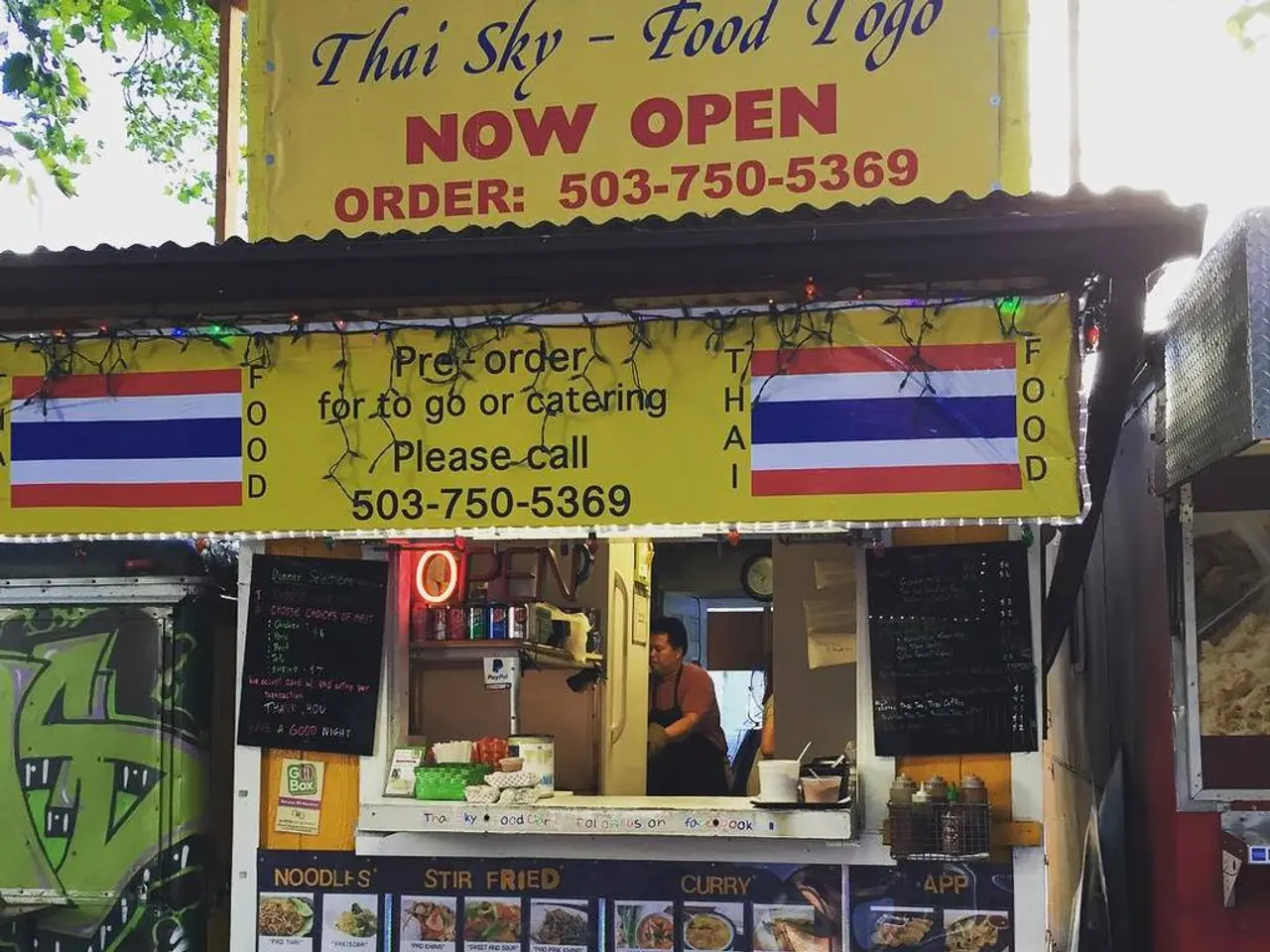Creating Political Campaign Videos for Social Media Platforms: A Step-by-Step Guide
Creating Effective Political Campaign Videos for Social Media
In today's digital age, political campaigns are leveraging the power of video content to captivate voters and communicate their messages effectively. Here are some key best practices to create impactful political campaign videos for social media.
Grab Attention Quickly
A compelling opening is crucial to keep viewers engaged. In the first 5 seconds, use a relatable issue or question to hook viewers, such as "Property taxes up again?" [1]
Show Who's Talking
Presenting the candidate themselves or a trusted community validator helps establish authenticity and trust. [1][2]
State the Problem
Highlight the key issue voters care about succinctly and clearly. [1]
Present a Clear Solution
Demonstrate what the candidate will do to address the problem. [1]
Add a Call to Action
Include a strong call to action, such as "Tap to vote early" or links to register, donate, or volunteer. Make CTAs easy to find and act on, preferably optimized for mobile users. [1][2]
Be Authentic
Voters respond better to real, relatable content rather than overly scripted messages. [2][3]
Use Strong Visuals
Combine videos, photos, behind-the-scenes clips, testimonials, and stories to maintain audience interest and engagement. [2][3][5]
Test Different Elements
Experiment with multiple hooks, caption styles, and formats to find what works best. [1]
Target Specifically
Use voter files, email lists, or lookalike audiences, and employ frequency caps to avoid audience fatigue. [1]
Optimize Landing Pages
Ensure landing pages linked in videos load fast, autofill forms, and work smoothly on mobile devices. Enable easy donation options like mobile wallets where relevant. [1]
Choose the Right Platforms
Select 2–3 social media platforms that align with your voter demographics and where you can post consistently. Common effective platforms include Instagram, Facebook, YouTube Shorts, TikTok (for issue ads), and Snapchat. Tailor your content style to platform norms. [1][2][3][5]
Video Length and Other FAQs
Videos optimized for social media should be short and punchy, ideally 15-60 seconds, to hold attention and fit platform formats like reels and shorts. [1] Yes, showing the candidate speaking directly increases authenticity and trust. [1][2] Consistency matters more than sheer frequency. Regular posting on a few chosen platforms is better than spreading thin across many. [2][3] Track engagement metrics such as views, watch time, click-through rates, and micro-engagements like polls or stickers to measure video success. Use these insights to iterate and improve. [1]
By following these strategies, your political campaign videos will connect authentically with voters, present a clear message, and drive meaningful action on social media.
For more information, please fill out the online form on our site or call 91 9848321284.
Political campaign videos for social media are used to promote candidates, parties, or political causes on platforms like Facebook, Instagram, YouTube, and TikTok. Popular formats include candidate introduction videos, policy explainer videos, behind-the-scenes footage, voter testimonials, and rally highlights. Social media analytics help identify which videos get the most engagement, allowing campaigns to refine content strategy and focus on what resonates with voters. Live streaming allows candidates to interact directly with voters in real time, answer questions, and create a sense of transparency and authenticity.
- To create effective political campaign videos for social media, consider using various multimedia formats like videos, photos, and behind-the-scenes clips.
- In order to optimize video content for different platforms, tailor your content style to the norms of each platform, such as TikTok's short, engaging videos for issue ads.
- For analytics on engagement and success, track key metrics such as views, watch time, click-through rates, and micro-engagements like polls or stickers.
- To foster a sense of authenticity, consider using visual storytelling techniques like real, relatable content and live streaming interactions with voters.
- For advertising political campaigns, consider utilizing consulting services and analytics tools to target specific audiences and optimize landing pages for seamless user experiences.








